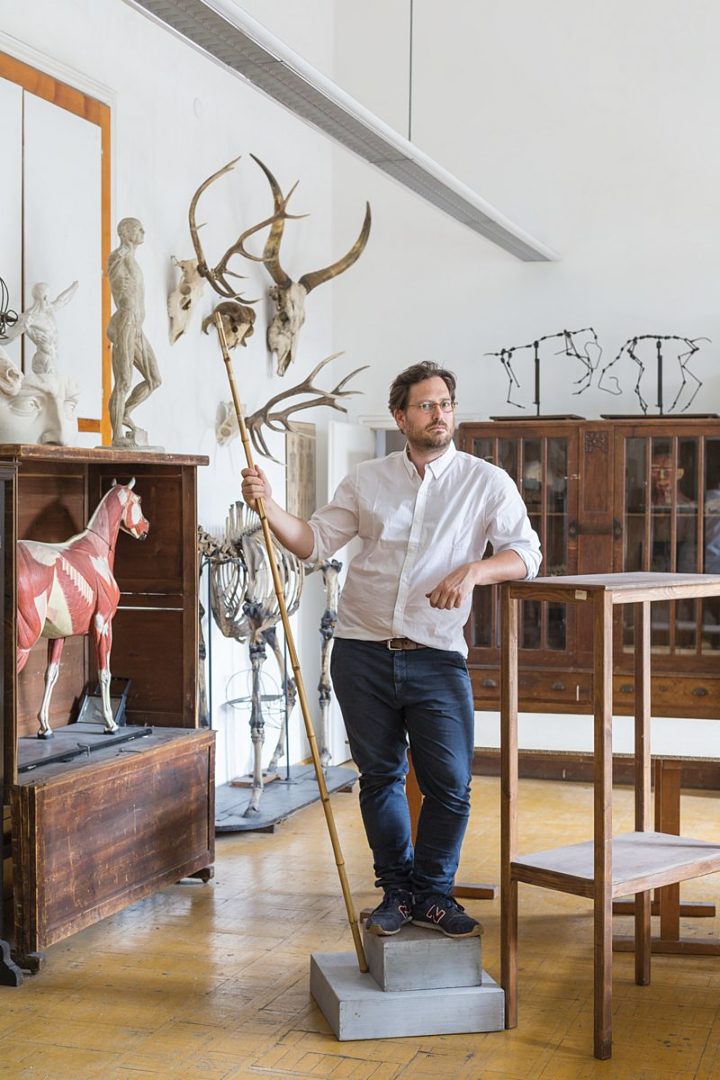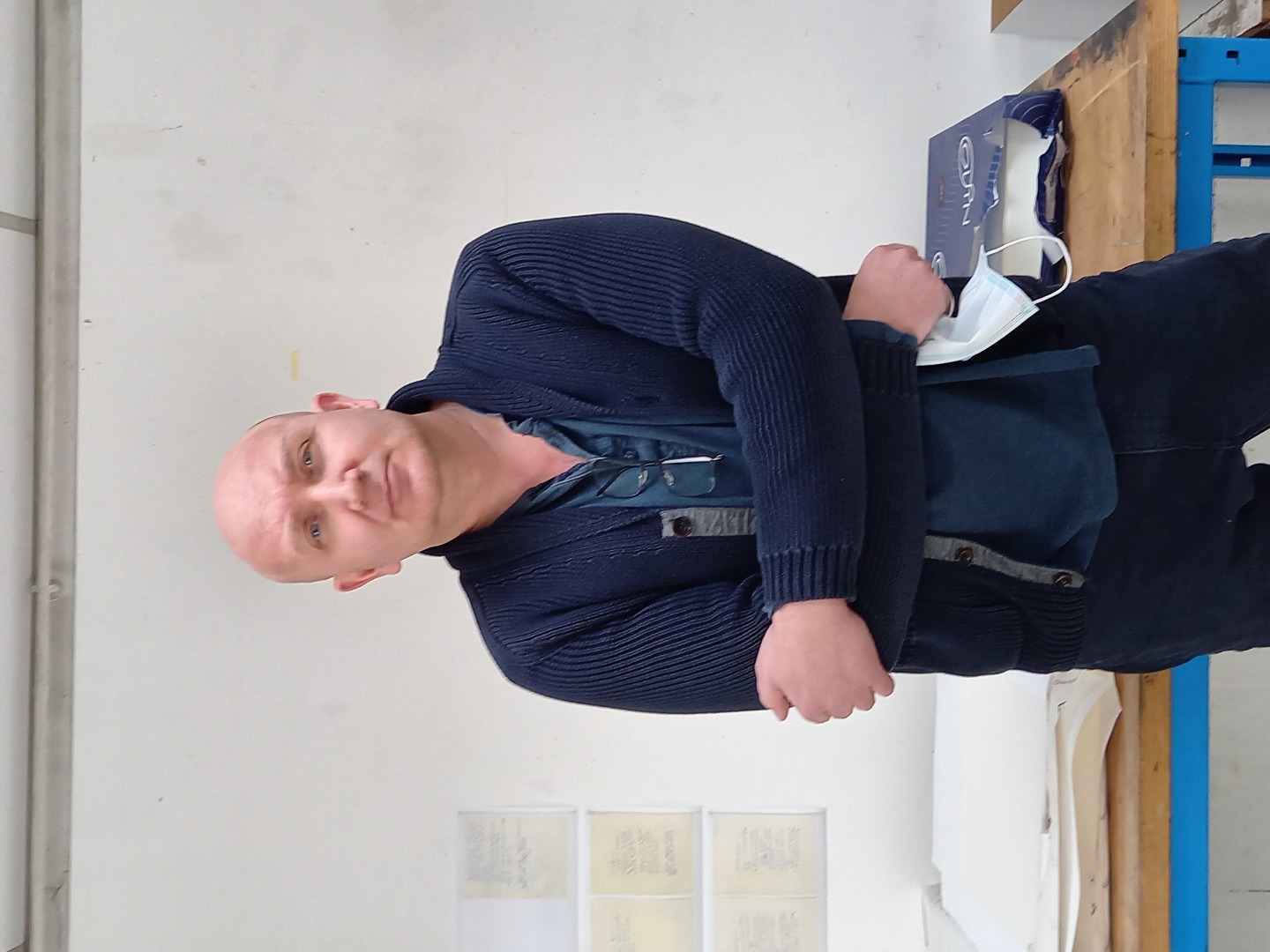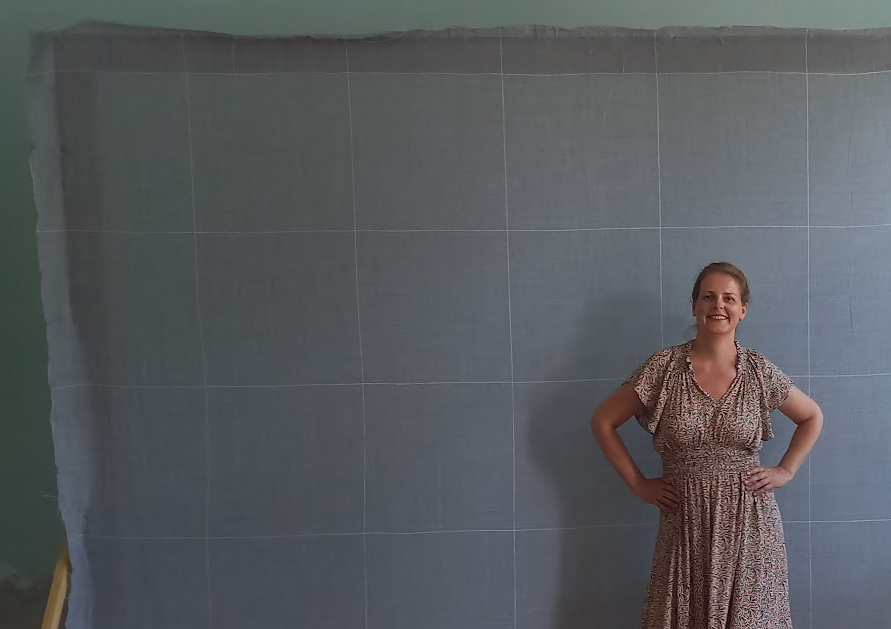The Artists
Ádám ALBERT (1975, Veszprém)
Ádám Albert is a visual artist, teacher and researcher. Following his studies in the humanities (Károli Gáspár University, Faculty of Humanities, History, MA, 1994–2000) and cultural anthropology (Eötvös Lóránd University, Faculty of Humanities, 1995–1996) in Budapest, he studied printmaking at the Hungarian University of Fine Arts (MA, Budapest, 1998–2003), where he also completed the doctoral programme (DLA, 2005–2010). He has received several national and international grants and residency placements. In addition to wining the main prize of the Essl Award (2007), he has been nominated for the Esterházy Art Award (2017, 2019), and the Leopold Bloom Award (2015). He has been teaching at the Hungarian University of Fine Arts since 2011, currently he is a docent and head of the Department of Artistic Anatomy, Drawing and Geometry of Art, and the director of the Advanced College of Art and Art Theory.
His artistic practice is characterised by the use of varied materials and often forgotten techniques in creating installations that take up the entire gallery space. Recently, he has been engaged in art research through exploring the collections and archives of various museums and institutions. In his artistic approach, he reflects on various aspects of the means and methods of cultural transmission, i.e., knowledge production, taking into account their changing modalities over historical time and geographical space. These socio-political questions are indirectly addressed and explored through aesthetics and works of art. For these reasons, the artistic formulation and elaboration of his works, along with a valuing and appreciation of skills, play an important role in his art.
His works are included in the collections of the Museum of Fine Arts – Hungarian National Gallery (Budapest), the Ludwig Museum - Museum of Contemporary Art (Budapest), the MODEM - Centre for Modern and Contemporary Art (Debrecen), and the House of Arts (Veszprém).
Ferenc GRÓF (1972, Pécs)
Ferenc Gróf is an artist, teacher and curator. He studied general medicine at Semmelweis University (1991–1995), and art history at Eötvös Lóránd University (1995–1996). He graduated from the Intermedia Program of the Hungarian University of Fine Arts (2001), and since 2018, he has been a student in the DLA Program at the same institution.
In 2001, he moved to Paris, where he has lived and worked since. As a member of the Société Réaliste—which he founded in 2004 together with Jean-Baptiste Naudy—he did not engage in private art practice for over ten years. The group participated in several international exhibitions and biennials, and, in 2008-2009, received a research fellowship at the Jan van Eyck Academie in Maastricht. Their exhibition entitled Empire, State, Building, which gave a summary of their activities as a group, was presented in the spaces of the Jeu de Paume in Paris, the Ludwig Museum in Budapest, and the MNAC in Bucharest (2011–2012). The work of Société Réaliste has focused primarily on the collection, subsequent analysis, and deconstruction, of visual communication tools developed and employed by institutions, governments, rulers, and representatives of power—be it in the arena of religion, politics, culture or art, or the world of finance—to establish and maintain their position.
Since 2012, Ferenc Gróf has been teaching at the ENSA in Bourges. His works explore ideological imprints at the intersection of graphic design and spatial experience. Consequently, his art practice incorporates a variety of genres, drawing on linguistic, typographic, cartographic and heraldic elements. His hybrid visual language focuses on examining social processes, revealing the interconnections between past and present, and exploring the possibilities of the future.
His works can be found in the collections of the Hungarian National Gallery (Budapest), the Ludwig Museum – Museum of Contemporary Art (Budapest), the MODEM (Debrecen), the MAC VAL – Musée d'Art Contemporain du Val-de-Marne (Vitry-sur-Seine), and the MWW (Wrocław Contemporary Museum).
Zsófia GYENES (1977, Budapest)
Zsófia Gyenes studied at the School of Decorative Arts in Budapest and subsequently earned a degree in fine arts at Paris 8 University in 2001. In the same year, she was admitted to the Textile Art Program of the Arts Deco (ENSAD) in Paris, where she studied various methods of industrial textile design, and then, as an exchange student at the National Institute of Design (India) in Ahmedabad, she gained insight into the world of traditional handcraft techniques.
In 2005, she organized a solo exhibition at the Hungarian Institute in Paris, showcasing textile art she had created while in India. During the course of her studies, she interned at several fashion and interior design companies. In 2004, she started working in the automotive industry as a colour and form designer. During her 18 years of working in this field, as a person in charge of the Japanese and Indian markets, she designed numerous car interiors for multiple international brands (including Toyota, Nissan and VW, among others). Later, she managed international projects for her company (Tesca Group). In the spring of 2022, she set up her independent studio in Paris.


